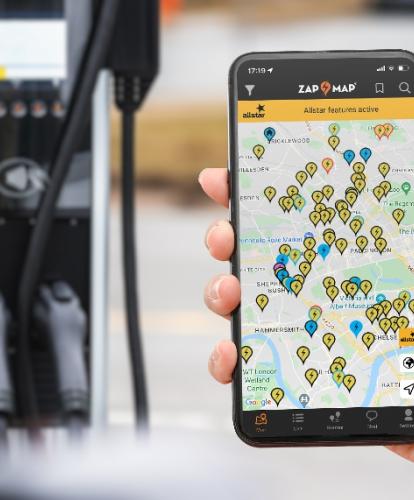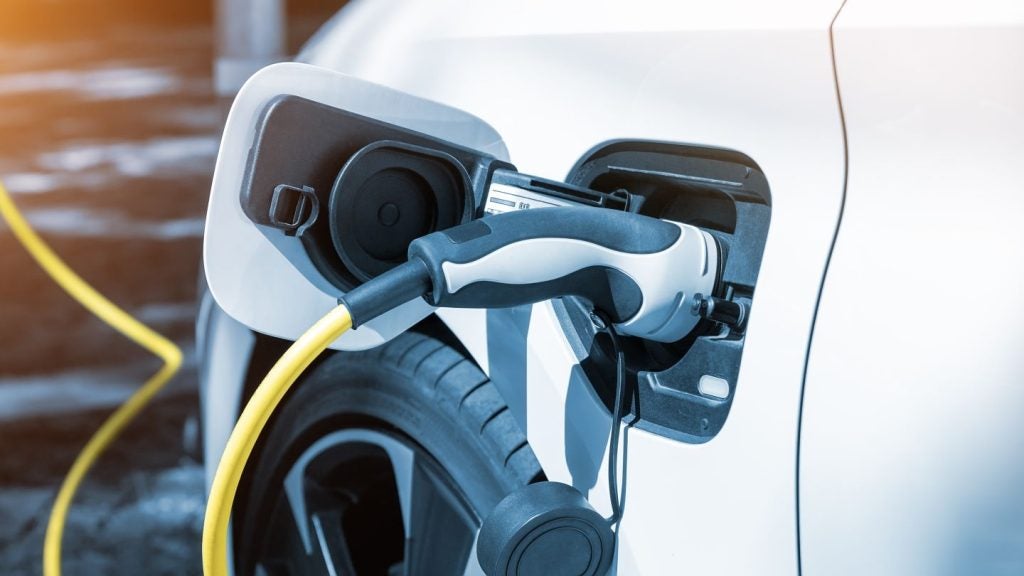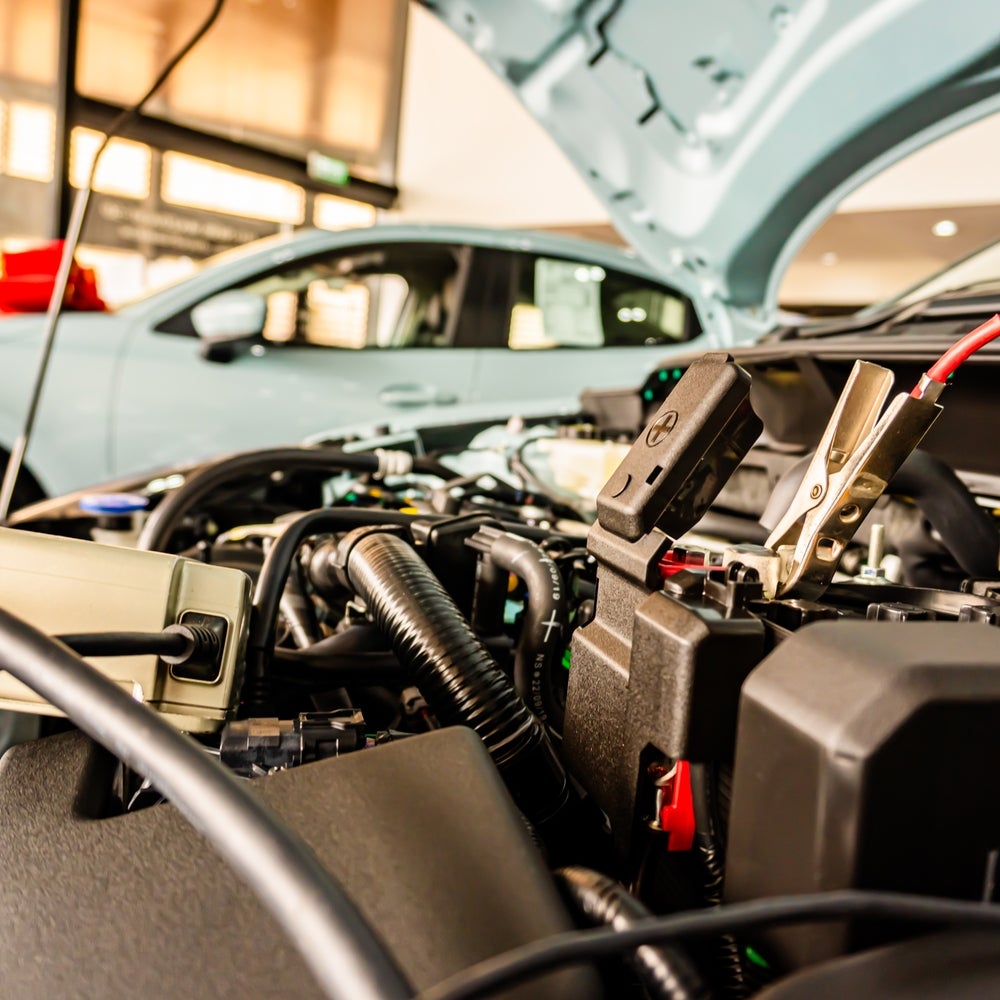
Zapmap, a UK charge point mapping service, has published new year-end figures for EV charge point installations in 2023.
According to Zapmap, record growth in the number of ultra-rapid chargers and high-power charging hubs opening across the country to support EV drivers on longer journeys is the defining characteristic of the year.
Other pieces of the puzzle, however – from the regional distribution of high-powered devices through to encouraging growth in low-powered, on-street chargers – can also be seen in the Zapmap data.
Indeed, the new 2023 charging statistics show year-on-year growth of 45% in the total number of net new public chargers installed across the UK. The figure is up from 31% for the years 2021 to 2022.
According to a statement by the company, in October, the UK passed the significant milestone of 50,000 public charging points, having only surpassed the 40,000 mark in February 2023.
Furthermore, 2023 saw the rate of net new chargers increase to almost 1,400 devices every month – up from 730 net new devices each month in 2022. This represents growth of 89% in the pace of monthly charge points installations.
Zapmap’s new charging statistics come alongside the start of the ZEV mandate and news from the Society of Motor Manufacturers & Traders confirming record sales of new pure-electric cars in 2023.
A total of almost 315,000 pure-electric cars were sold in the UK last year, which means there are 51% more EVs on the road than at the end of 2022. In parallel, the number of high-powered chargers grew by 52% in 2023, to a total of almost 10,500 devices across more than 5,000 locations at the end of December.
Most of the growth was from ultra-rapid chargers providing 100kW or more of power. Designed for drivers looking to recharge their vehicle as quickly as possible on longer journeys, these devices can add roughly 100 miles of charge in about 15 minutes.
At the end of 2020, the 788 devices in the UK of 100kW or more accounted for 20% of the country’s high-powered chargers. By the end of December 2023, there were almost 4,870 of these ultra-rapid chargers, comprising a significant 46% of high-powered devices across the country.
Furthermore, the year-on-year growth in the number of UK charging hubs – more than six rapid or ultra rapid devices – rose from 108 at the end of December 2022 up to 264 by the end of 2023 – an increase of 145%.
These charging hubs are opening in a variety of locations, typically near strategic road networks. Interestingly, only 20% are located at motorway services, and charging hubs can be found in a variety of locations from retail parks, car parks, fuel stations to dedicated charging areas which provide amenities for EV drivers. While a recent Zapmap survey revealed electric car drivers’ best en-route charging networks, the company’s latest figures illustrate encouraging developments in the UK’s regional distribution of high-powered charging devices.
Since 2022, Greater London, South East and South West have joined Scotland in having more than 1,000 rapid/ultra rapid chargers available, and nearly all geographical areas of the UK displayed good growth, notably Northern Ireland, albeit from a low base.
At the other end of the charging spectrum, low powered chargers to support those without charging points at home has also grown – there are 72% more on-street chargers than there were this time last year, although the rollout is regionally patchy and largely dependent on the engagement at a local authority level. In 2023, however, there was good progress in the rollout of the governments £450m LEVI scheme to support local authorities, and it is expected that 2024 will see further developments in this area.
Melanie Shufflebotham, Co-founder & COO at Zapmap, said: “Overall 2023 was a very good year for EV charging with the rate of installation showing record growth, particularly for the higher powered chargers to support EV drivers on longer journeys.
Zapmap’s focus continues to be on providing EV drivers with the information they need to find reliable, available charging when they are out and about. Whilst less than 3% of EV drivers would go back to petrol/diesel, we know that EV drivers want more chargers and a better charger experience.
As we move into 2024 we look forward to continued progress in both these areas as more and more drivers make the positive move to driving electric.”
Volkswagen to expand its electric fleet







